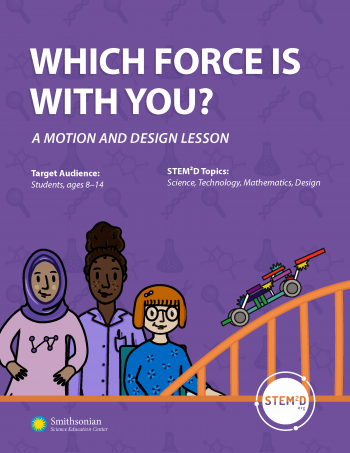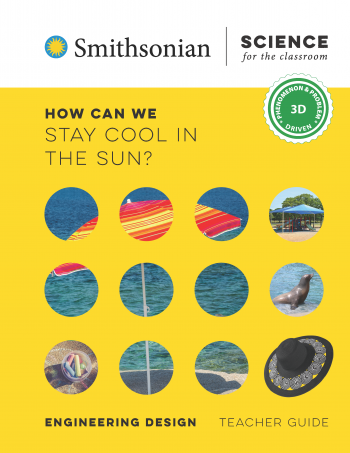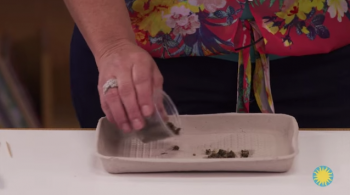Explore our Curriculum & Resources
Type
Grade
- Kindergarten Apply Kindergarten filter
- Grade 1 Apply Grade 1 filter
- Grade 2 Apply Grade 2 filter
- Grade 3 Apply Grade 3 filter
- Grade 4 Apply Grade 4 filter
- Grade 5 Apply Grade 5 filter
- Grade 6 Apply Grade 6 filter
- Grade 7 Apply Grade 7 filter
- Grade 8 Apply Grade 8 filter
- High School Apply High School filter
Topic
- Sustainability Apply Sustainability filter
- Engineering Design Apply Engineering Design filter
- Education Apply Education filter
- Life Science Apply Life Science filter
- Earth & Space Science Apply Earth & Space Science filter
- Chemistry Apply Chemistry filter
- Physical Science Apply Physical Science filter
- 1 of 23
- next


























